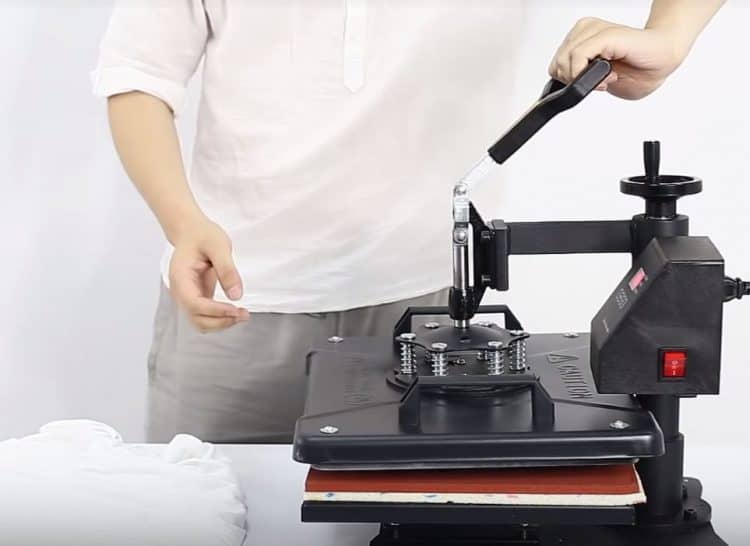How Do Heat Press Machines Work

Heat press machines
are a popular and efficient way to transfer designs, images, and text
onto fabrics, ceramics, metals, and other materials. They work by using
heat and pressure to transfer the design onto the material, creating a
permanent bond. In this article, we will discuss how heat press machines
work and their different components.
Heat press machines have
three main components: the heat platen, the pressure source, and the
control system. The heat platen is the part of the machine that heats up
and applies pressure to the material being transferred. It is made of a
heat-resistant material, usually aluminum, and comes in different sizes
and shapes to accommodate different types of materials.
The
pressure source is responsible for applying pressure to the heat platen
and the material being transferred. It can be manual, pneumatic, or
hydraulic, depending on the type of heat press machine. Manual machines
require the operator to apply pressure manually, while pneumatic and
hydraulic machines use air or fluid pressure to apply pressure
automatically.
The control system is responsible for regulating
the temperature and time of the transfer process. It usually includes a
digital display and control panel that allows the operator to adjust the
temperature and time settings according to the material being
transferred. Some high-end heat press machines also include features
such as pre-heat and cooling cycles, which can improve the quality and
durability of the transfer.
The transfer process begins by
placing the material to be transferred onto the heat platen, with the
design facing down. The operator then adjusts the temperature and time
settings on the control panel and presses the machine's start button.
The heat platen then heats up to the desired temperature and applies
pressure to the material for the specified amount of time.
During
this process, the heat from the platen activates the adhesive on the
transfer paper, which then melts and bonds with the material being
transferred. Once the transfer process is complete, the operator removes
the material from the heat platen and removes the transfer paper,
leaving behind a permanent transfer.
It is important to note that
the success of the transfer process depends on several factors,
including the temperature and pressure settings, the type of material
being transferred, and the quality of the transfer paper and ink. It is
essential to use high-quality transfer paper and ink and to follow the
manufacturer's instructions carefully to ensure a successful transfer.
In
conclusion, GARVEE heat press machines are an essential tool for transferring
designs onto various materials. They work by using heat and pressure to
activate the adhesive on the transfer paper and bond it to the material
being transferred. With the proper use and maintenance, heat press
machines can produce high-quality and long-lasting transfers.
Comments
Post a Comment